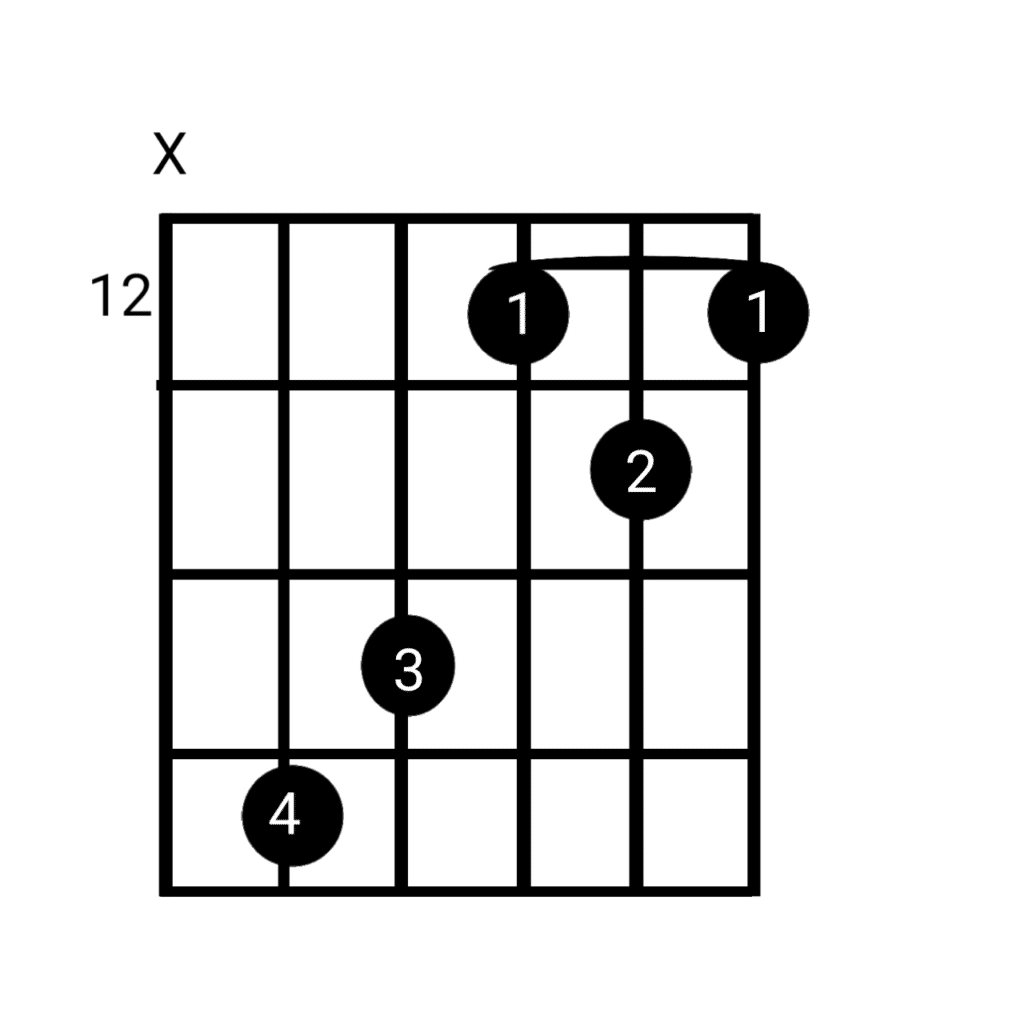

Enharmonic equivalence is the principle of the piano keyboard: that C# = Db. Importantly, the concept of pitch-class does not depend on another concept associated with that kind of music (and musical analysis): enharmonic equivalence.

The concept of pitch-class is particularly important to the atonal, 12-tone music of the 20th century, but it is not limited to that context. When we talk about pitch class, we are asserting pitches that form perfect octaves are fundamentally equivalent (which is a really well-supported, useful concept, even though in some contexts the differences between different members of the pitch-class C). "Middle C" (aka C4) is an example of a pitch, and one octave above it ( C5) is a different pitch. When you ask to define "a C", you are asking to define a pitch-class, which isn't the same as a pitch. This means defining some terms, but I'll try to keep it to the most essential. I think the place to start is with taking apart some concepts that, for convenience, most of us group together most of the time. This is a very good question, and you're on exactly the right track to be looking away from frequency. To be super-pedantic, players of some instruments will play Gb and F# as slightly different pitches, and if you get into the maths of tuning in more depth, you'll find out why. Hence, D major goes DEFGABC, with F and C sharpened. It's much simpler if we organise things so that a scale has all the letters in it, and we can remember that a particular note letter is always flattened or sharpened.

It has two Gs, one natural and one flattened, and to Ds in the same way. Well, it's more difficult to think about, described in that way. For example C major uses A,B,C,D,E,F,G and omits C#,D#,F#,G#,A#. That pitch is given different names for convenience when working in a particular key.Ī western major or minor key consists of 7 notes out of the 12 available. "Right," says Adam, "Bill, you're playing D,G,G,D." Then turning to Charlie: "You're playing C,F,F,C".Įxactly this happens in orchestras, since some (mostly brass and wind) instruments are "transposing instruments" - What is a transposing instrument?Īs for G# vs Ab, it's simplest to think of these as the same pitch. For example, Adam is band-leader, Bill is a keyboardist at standard tuning, Charlie is a novice guitarist with a capo on the 2nd fret. To complicate matters more, you could end up in a situation where different band members have different definitions of C. In an orchestra, C is whatever comes out of the oboe when the oboist fingers a C note.We can define C according to the fingerings we're used to on our instruments - which most people are going to find easier - or we can say that C is still 523Hz, in which case if someone says "play C", I must fret the D position. If I'm in a band, and we all decide it would sound better if we all dropped our tunings by a tone, we have a choice.When I play the third fret relative to the capo, I can call it D - so all the chord shapes I know have changed their names - or I can continue to call it C, even though its pitch has risen by a tone. If I decide a song would be easier to sing if I put a capo on the 2nd fret, I have a choice.If I tune my guitar with a tuning fork or an electronic tuner, then C is about 523Hz - unless I change my tuner to a difference reference pitch.So C is 4 semitones lower than whatever arbitrary pitch the E string is at. If I tune my guitar by ear, without external reference, then as long as the E string feels about right, I'll probably tune everything else relative to that.Even if the guitar is only "in tune" relative to itself. When I pick up my guitar, for me C is the pitch I get when I play the third fret of the A string.

However, the mapping of absolute pitches to note names is only a convention, and in reality the absolute pitch of C only needs to be agreed between the people performing a piece of music. The very simplest answer is that A is 440Hz (* 2^n, as you say) and that C is a minor third higher than that (523.251 Hz).


 0 kommentar(er)
0 kommentar(er)
